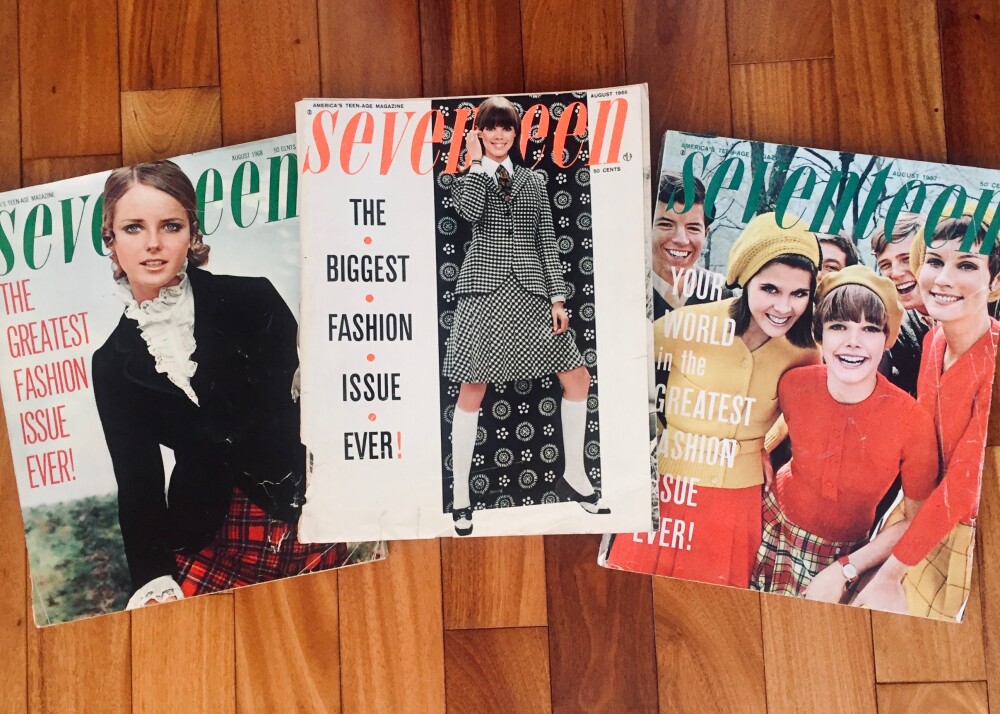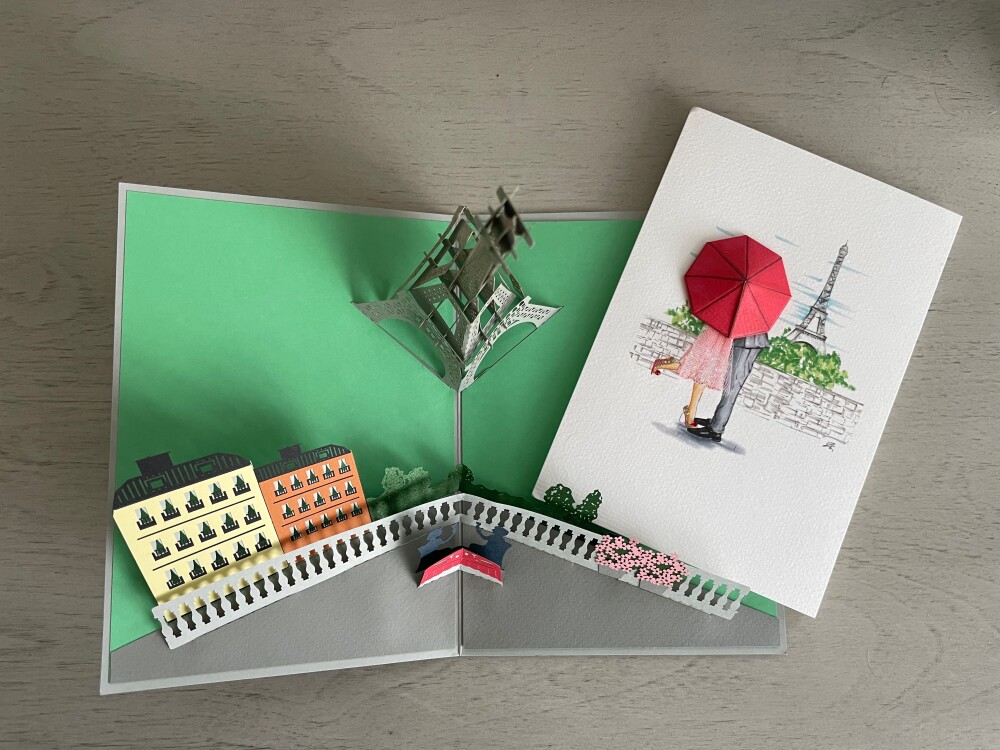Decluttering with Dementia: Let’s Talk Paper Clutter!
 Submitted by Ellen Goodwin
Submitted by Ellen Goodwin
Co-founder and Chief Solutions Officer
Artifcts
What stays and what goes somehow gets more and less complicated simultaneously when decluttering involves the belongings of someone who has advancing dementia.
It’s doable, yes, but understanding what you might experience along the way, and some tested tactics, may help set you up for greater success and (hopefully) less frustration.
For simplicity, and because the black and white of documents may be more emotional than you first imagine, we’re talking today about just one type of decluttering: papers and documents of all types. For a more general discussion about decluttering and brain health, check out this article.
Decluttering: Papers and Documents
Life is life, busy and full, and whether we intend to collect and hold onto documents, photos, magazines and more, it happens. Sometimes we have best intentions of someday putting that all to use.
Topics like “how to” do something around the house, tips for gardening, vacation brochures—or we fear that we may need it one day, e.g., warranties, user manuals, and tax papers. Even with modern day options like Pinterest, paper is still top dog for many of us.
So, when it comes to a breaking point, you realize you just have too much. You can’t find anything, or maybe you’re preparing for a move – how you get through it all becomes the question.
And when the person who owns the items has advancing dementia, we’ve learned there are some interesting complications to be aware of and to plan for to reach a productive, if not happy, ending.
Here are a few common complications to consider:
- Sometimes those with dementia may believe people are taking items from them that are in fact items they have chosen to get rid of or are still in the home, but they cannot recall where they are located.
- Visual cues range from helpful to critical memory prompts, and yet all of one’s belongings cannot possibly be out on display for a safe or pleasant home environment.
- Loved ones and other care providers may be under time pressure for a move to downsize or transition into a memory care-supported community and thus while the home may technically have space for all the belongings, there is a need to begin downsizing and decluttering. The person with dementia may know, and forget, this move is coming.
Common Paper Clutter, the Why Behind It, and What Now?
Magazines
You paid for them. You enjoyed them. You plan to reference them. You have/had kids that need them for projects. Maybe you haven’t even read them, because you want to read them closely and that takes time you can’t seem to find.
So, you hold onto them.
For people with advancing dementia, getting through periodicals may no longer even be possible due to poor short-term memory recall.
What now? Drop off with schools, recycle, sell collectibles, Artifct those with memories attached, like these Seventeen magazines from the 60s.

Warranties and User Guides
Having the warranties and user guides in hardcopy can feel reassuring, you have recourse, you have details on what to do if there’s a problem. And not so long ago, these documents simply weren’t available unless you kept them in hardcopy.
Times have changed.
Many times, warranties aren’t even valid without registering your purchase within a certain period of time. Was that 30 years ago?
For people with advancing dementia, the visual support of a hardcopy is often necessary for memory recall. But, in reality, will that person be responsible for repairs or administrative tasks to support a claim?
What now? Digitize valid warranties, and, with few exceptions for collectibles or antique items potentially, let the user guides go. You can find them online.
Photos
The older the better, as memories go. And if you know what they are and you are not sitting on triplicates, blurry images, and unknown scenes, maybe they aren’t too cumbersome
But when you have photo clutter, and original negatives, you have risk of loss and degradation and an accessibility issue. You can’t likely keep it all out in the open and accessible. Digitization is your ally! (Check out tips for digitization.)
For people with advancing dementia, talking through photos and the stories behind them is not only good for the individual but can bring them closer to loved ones and caregivers who will enjoy hearing the stories and capturing their loved one’s history and legacy.
What now? Artifcts really helps with favorite photos! Pair photos (a picture of them and/or the digital copy) together in an Artifct and the story behind them. You can add video or audio of you/your loved one telling the stories. Photos can’t talk after all!

Letters and Greeting Cards
They are personal, the other person touched them, wrote on them, took the time to send them to you the old-fashioned way. The problem is they proliferate and you store them away without looking back through them, so what good are they then?
They are not all created equal – quick, functional notes, greeting cards with just a signature – and yet we keep them all as though they are equal!
For people with advancing dementia, in photos, the older the better for memory recall. And when the people who may have given them to you are no longer present, this can be very grounding and ease loneliness and anxiety to have these touchpoints with your past.
What now? Encourage a three-pile sort:
-
- The benign, less meaningful to recycle.
- Special ones to give away to another person.
- Historic, only copies, and the most meaningful to keep and ideally Artifct.
For group three, this is the time for digitizing, scanning, or photographing them – whatever suits your needs and budget (time and money).
Consider Artifcting important cards and letters so they are secure and preserved, as well as accessible whenever you want to see them, and easy to share. If you have room, consider displaying some again in a side table or bookshelf, for example.
Preserve Memories – Share Experiences
No matter what type of papers and documentation lurk as the result of a life well lived, take it bit by bit, listening along the way if you are helping to understand what’s most meaningful and why. This alone will take you a long way.
Preserving the memories and stories will help make this process of letting go that much smoother. It’s not truly gone then; it’s there for reliving and sharing the experience.
 Ellen Goodwin
Ellen Goodwin
Co-founder and Chief Solutions Officer
Artifcts
Artifcts is a patent pending consumer technology solution co-founded by Heather Nickerson and Ellen Goodwin, who met and “grew up” together at the US Central Intelligence Agency.
They publicly launched Artifcts in August 2021 as a solution to prevent others from experiencing the grief Heather felt when her mother passed away unexpectedly and left a home filled with ‘stuff’ and none of the stories. Artifcts is an AARP Innovation Labs portfolio company.

